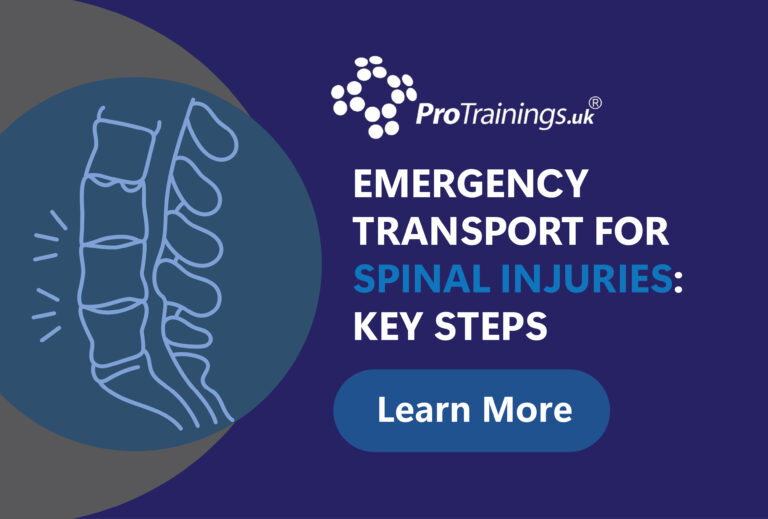Care home statistics from the HSE

The health and social care sector in the UK is an essential industry that provides care and support for vulnerable members of society. However, it is also a sector that involves a significant amount of manual handling tasks, which can lead to injuries and musculoskeletal disorders.
According to the Health and Safety Executive (HSE), the health and social care sector has one of the highest rates of work-related musculoskeletal disorders in the UK. In 2019/2020, there were 6,500 cases of work-related musculoskeletal disorders reported under the Reporting of Injuries, Diseases, and Dangerous Occurrences Regulations (RIDDOR) in the health and social care sector.
Within the health and social care sector, care homes are particularly at risk of injuries caused by poor manual handling. Care home staff are required to assist residents with tasks such as lifting, transferring, and repositioning, which can lead to injuries if not performed correctly. The HSE reports that in the health and social care sector, manual handling is the most common cause of workplace injuries and that over 50% of these injuries are due to lifting and handling residents.
The most common types of injuries caused by poor manual handling in care homes and the health and social care sectors are musculoskeletal disorders, which include injuries to the back, neck, shoulders, and upper limbs. These types of injuries can lead to long-term health problems, which can have a significant impact on the quality of life and ability to work of care home staff.




